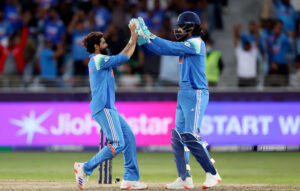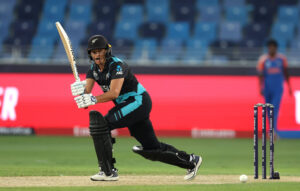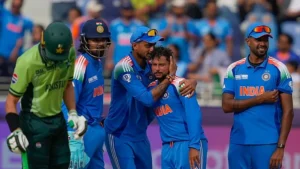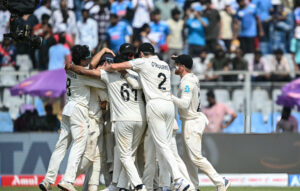Bowlers Who Dominate Powerplays
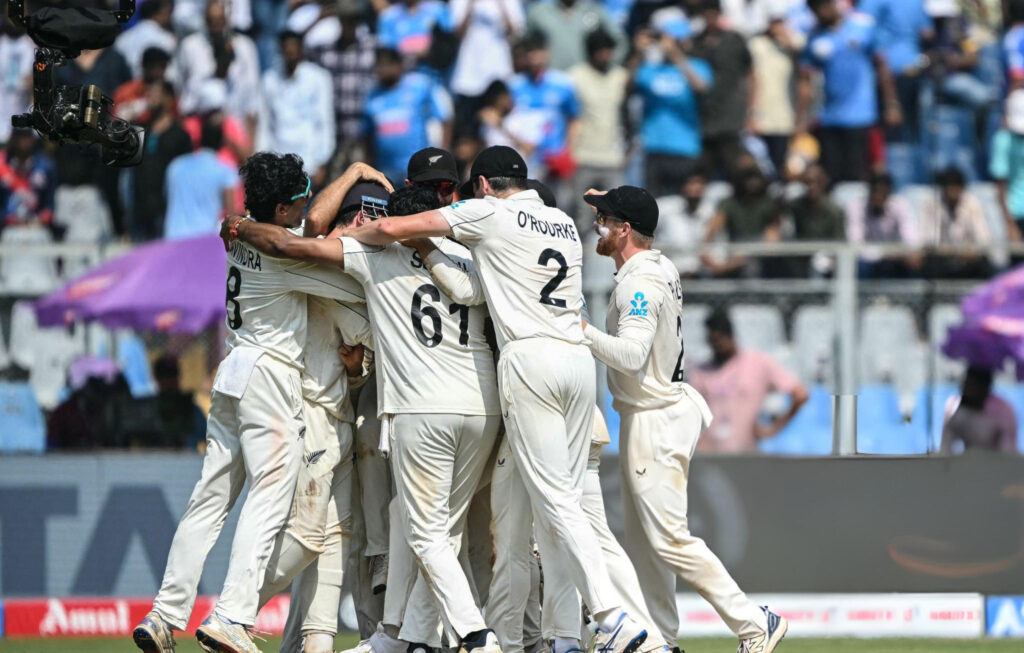
In modern limited-overs cricket, the powerplay overs—the first six overs of an innings—are crucial. Teams aim to score quickly with only two fielders allowed outside the 30-yard circle, but at the same time, bowlers play a decisive role in controlling the game. The right bowling strategy during powerplays can put pressure on batsmen, prevent big partnerships, and swing matches in favor of the bowling side.
In this blog, we look at bowlers who dominate powerplays, the techniques they use, and why they are so effective in the early overs of T20 and ODI cricket.
1. Understanding Powerplay Bowling
Bowling in the powerplay is different from bowling in the middle or death overs. With fielding restrictions, batsmen often attack from the first ball. Successful powerplay bowlers:
- Bowl tight lines and lengths to minimize scoring opportunities.
- Use variations in pace, swing, and spin to disrupt the batsman’s timing.
- Strategically plan which deliveries to bowl to specific batsmen.
A bowler who dominates powerplays can not only restrict runs but also take early wickets, giving their team a strong advantage.
2. Why Powerplay Bowling Is Crucial
Powerplay overs set the tone for the innings. Effective bowling here can:
- Prevent explosive starts by aggressive openers.
- Force batsmen to take risks and increase the likelihood of wickets.
- Build pressure for the middle overs, giving the fielding team control.
- Impact net run rate in tournaments like the IPL, which can decide playoff spots.
This makes powerplay specialists highly valued in limited-overs cricket.
3. Top Bowlers Who Excel in Powerplays
a) Jasprit Bumrah (India)
Known for his accuracy and death-over skills, Bumrah is equally effective in the powerplay:
- Key Strengths: Yorker variations, seam movement, and consistent line.
- Impact: He often picks early wickets of dangerous openers, setting back opposition momentum.
- IPL & International Record: Regularly among the top wicket-takers in the first six overs.
Bumrah’s ability to bowl under pressure and his unpredictable variations make him a nightmare for batsmen during powerplays.
b) Rashid Khan (Afghanistan)
The Afghan leg-spinner has redefined powerplay bowling:
- Key Strengths: Quick leg-spin, googlies, and unplayable flight.
- Impact: Even with only two fielders outside the circle, Rashid’s tight lines stifle scoring opportunities.
- IPL & T20 Success: Regularly contains run rate and picks crucial wickets in early overs.
Rashid Khan shows that spin bowlers can dominate powerplays with precise variations and control.
c) Trent Boult (New Zealand)
The left-arm swing bowler is a natural threat during powerplays:
- Key Strengths: Swing, seam position, and accuracy.
- Impact: Exploits new ball movement, especially under helpful conditions.
- T20 & ODI Records: Known for picking early breakthroughs and slowing run flow.
Boult’s ability to move the ball both ways makes him extremely difficult for powerplay batsmen.
d) Kagiso Rabada (South Africa)
Rabada’s pace and aggression make him a fearsome powerplay bowler:
- Key Strengths: Raw pace, bounce, and early overs aggression.
- Impact: Early wickets force batsmen to play cautiously, reducing scoring rates.
- IPL & International Performance: Often opens bowling with the intent to strike immediately.
Rabada demonstrates that powerplay bowling is as much about intimidation as skill.
e) Mohammed Shami (India)
Shami combines swing and seam skill to control powerplays:
- Key Strengths: Reverse swing, yorkers, and disciplined line.
- Impact: Breaks partnerships early and prevents explosive starts.
- IPL & International Records: Effective both with the new ball and in varying conditions.
Shami is a perfect example of a new-ball specialist who thrives under pressure.
4. Techniques to Dominate Powerplays
Powerplay domination requires specific bowling strategies:
- Tight Line and Length: Consistently bowling just outside off-stump to minimize scoring areas.
- Variation in Pace and Delivery: Mixing slower balls, bouncers, and cutters to disrupt batsmen timing.
- Targeting Batsmen’s Weaknesses: Analyzing tendencies and patterns to plan dismissals.
- Use of Angles and Swing: Especially effective against openers during early overs.
- Mental Pressure: Aggressive field placements and consistent dot balls build psychological pressure.
Successful powerplay bowlers combine technical skill with smart tactics to dominate the first six overs.
5. Role of Analytics and Technology
Teams now use data analytics to enhance powerplay bowling:
- Opposition Analysis: Identifies weak spots and scoring patterns of opening batsmen.
- Pitch Reports: Helps bowlers select ideal deliveries for powerplay conditions.
- Performance Metrics: Tracks economy rate, wicket-taking ability, and bowling impact in first six overs.
Technology ensures bowlers adapt strategies dynamically, increasing chances of early wickets and run containment.
6. Impact on Matches
A bowler dominating powerplays can change the course of a game:
- Forces openers to play cautiously, reducing total run rate.
- Increases the likelihood of early wickets, affecting team morale.
- Allows captains to rotate bowlers effectively, controlling the middle overs.
- Often leads to match-winning performances in T20 and ODI tournaments.
Teams with consistent powerplay specialists often have a tactical edge in high-stakes matches like IPL playoffs and World Cups.
Conclusion
Powerplay overs are a make-or-break phase in limited-overs cricket, and bowlers who dominate this period are game-changers. From Jasprit Bumrah’s precision to Rashid Khan’s spin mastery, these specialists combine skill, strategy, and intelligence to restrict runs and take early wickets.
Modern cricket shows that success in the first six overs requires more than pace or spin—it demands planning, execution, and adaptability. Teams that invest in powerplay bowling strategies often enjoy higher win rates and stronger performances, proving that in T20 and ODI cricket, the first six overs can set the tone for victory.
